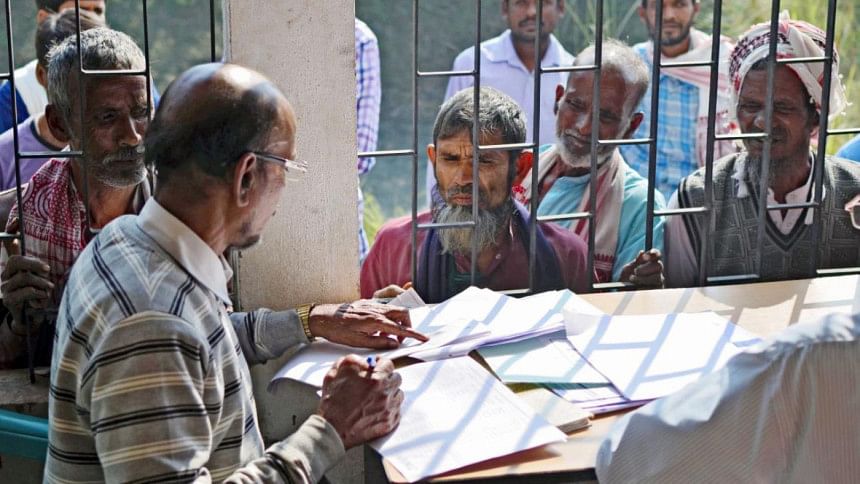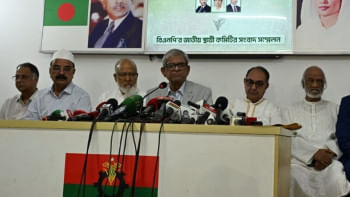District-wise figures released for Assam NRC

The Assam government, which demanded sample re-verification of names included in and excluded from the draft final National Register of Citizens (NRC) in the state, has released district-wise break down of figures and claimed large-scale fudging of "legacy documents" by people in the districts bordering Bangladesh to get their names included in the document.
The Supreme Court, which is monitoring the NRC update exercise aimed at weeding out illegal immigrants, had recently rejected the plea made by the Indian and Assam governments for sample re-verification of the names in the NRC.
The apex court had also recently extended the deadline by a month from the earlier date of July 31 to come up with the final full NRC.
Releasing in the state legislature on Thursday the district-wise break down of over 41 lakh people who were excluded from the 2018 draft NRC, Assam Parliamentary Affairs Minister Chandra Mohan Patowary said, "it is a matter of concern that the percentage of names excluded from the draft NRC is higher in the districts bordering Bangladesh compared to the rest of the state".
He said the rate of exclusion in border districts was less than the state average, reports our New Delhi correspondent.
While 12.15 per cent (a little over 41 lakh in actual number) out of the total applicants of 3.33 crore were excluded from the NRC final draft, the corresponding figures for Muslim-majority districts of South Salmara, Dhubri and Karimganj were 7.22 per cent, 8.26 per cent and 7.57 per cent respectively, the minister said during a Zero Hour discussion in the assembly in Guwahati.
The border districts of Assam have substantial population of Muslims.
However, the rate of exclusion in districts such as Karbi Angong (14.31%) and Tinsukia (13.25%) — areas where indigenous people are in majority — is higher, Patowary pointed out in a statement.
He said that in the non-border districts, the NRC draft showed Hojai and Darrang districts to have the highest non-inclusion rate at 32.99 per cent and 30.90 per cent respectively.
"The data justifies the fears of rampant misuse of legacy data in border districts like South Salmara and Dhubri," he said, quoting from the state government's application in the Supreme Court demanding 20 per cent re-verification of people in border districts.
The top court has already rejected the demand for sample re-verification, saying 27 per cent people had already been re-verified. NRC Coordinator Prateek Hajela had also submitted before the court that there was no need for a fresh scrutiny as the NRC had a multi-layered verification process, including family-tree verification where all the members of the family had to appear together for hearings.
Patowary questioned Hajela's report given to the Supreme Court saying that the imposters had used legacy documents of other people to get their names included in the NRC.
Explaining how the government found out the alleged misuse of legacy papers, he said, "It came to light through media reports, through low percentage of exclusion in border districts which have seen unusual population growth and higher exclusion in districts which have higher percentage of indigenous people."
He said the state government will again approach the Supreme Court for re-verification of names from some districts.
The BJP legislators claimed that the rate of exclusion of NRC applicants in the districts bordering Bangladesh was less than the state average of 12.15 per cent and said this is a proof that a section of the people residing in border districts of Assam has wrongly been included in the NRC.

 For all latest news, follow The Daily Star's Google News channel.
For all latest news, follow The Daily Star's Google News channel. 








Comments